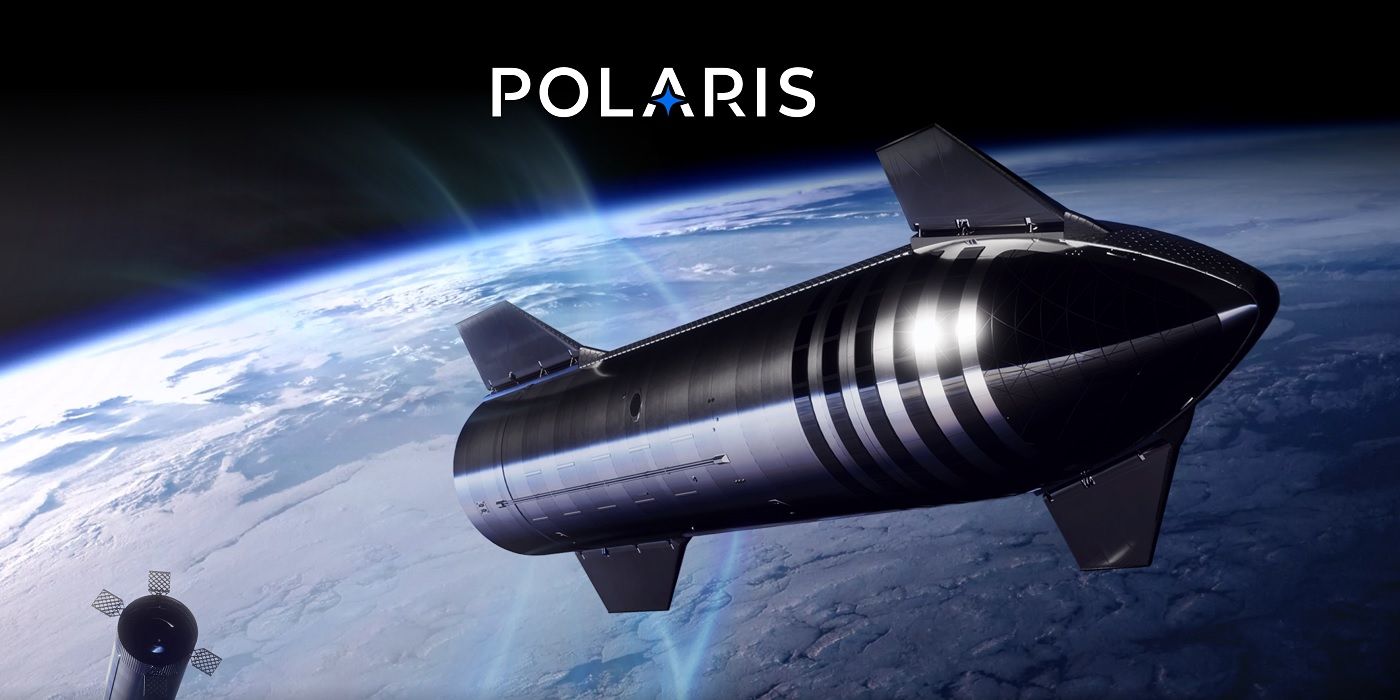The Polaris Dawn mission will test Starlink for the first time in space as part of its research to advance human spaceflight in voyages to the moon and Mars. The laser-equipped Starlink satellites floating in Earth’s orbit were first launched in 2021, with the intent of improving communications both on the ground and above. Polaris Dawn is expected to provide valuable data for future space communications which will vastly advance deep space travel capabilities.
Starlink’s offer is to supply high-speed and low latency internet to areas where conventional fiber is not a viable option and provide better access to high data rate activities, such as video calls, streaming, and online gaming. Its portfolio of services has expanded beyond residential use and now includes Business, RV, and Maritime, with varying prices. Starlink for maritime activities, for example, targets a higher income bracket of the population, while regular commercial use is advertised as a cheaper option for areas where the internet has traditionally been too expensive or unavailable. Just during the course of July, 251 satellites have been launched in five different Starlink missions. CEO Elon Musk’s goal is to launch over 40,000 satellites.
In order to have internet access in space, all spacecraft rely on ground stations or NASA’s Tracking and Data Relay Satellite System. This would change once SpaceX is able to make use of its laser-equipped Starlink satellites. This is where Polaris Dawn comes in, as it will test the technology for the first time by installing Wi-Fi on the Dragon capsule. Space travelers would then access internet speed and connectivity as they do with Starlink on Earth. Thanks to the laser-based communication feature, satellites would be able to communicate with each other and not just with the ground-based Starlink user terminals, as Elon Musk previously stated. The implications for space travel are huge. Just as the internet transformed all aspects of life on Earth, access to better broadband and connectivity in space will allow for better and faster communication, as well as leaps in scientific research. If space commerce and tourism are to become a reality, it won’t happen without reliable Wi-Fi.
The Problem With Internet In Space

Space internet faces some challenges, though. It will be subject to geomagnetic storms caused by powerful solar flares which have brought down batches of satellites in the past. Starlink, like any SpaceX project, also faces a wide array of criticism. For example, astronomy experts are concerned over the light pollution the orbiting objects are causing due to their anti-drag design. SpaceX has declared its interest in preserving the night sky by adding dielectric mirror films to Starlink satellites that scatter sunlight away from the Earth and using opaque pigments for the solar backsheet. Still, this upgrade to Starlink satellites does little for astronomers who worry more devices at higher altitudes could interfere with important scientific research.
For space enthusiasts, it will be exciting to see the crew live stream for more than 10 minutes at a time as was the case with the civilian spaceflight, Inspiration4. Starlink is also expected to connect to Starship in the future. With private money comes the ability to test technology and make adaptations on the go. The Polaris Dawn mission is the child of billionaires Elon Musk and Jared Isaacman who share the vision of humans becoming a multi-planetary species, and so far are on a promising track with rocket reusability and – coming soon – free Wi-Fi in space.




